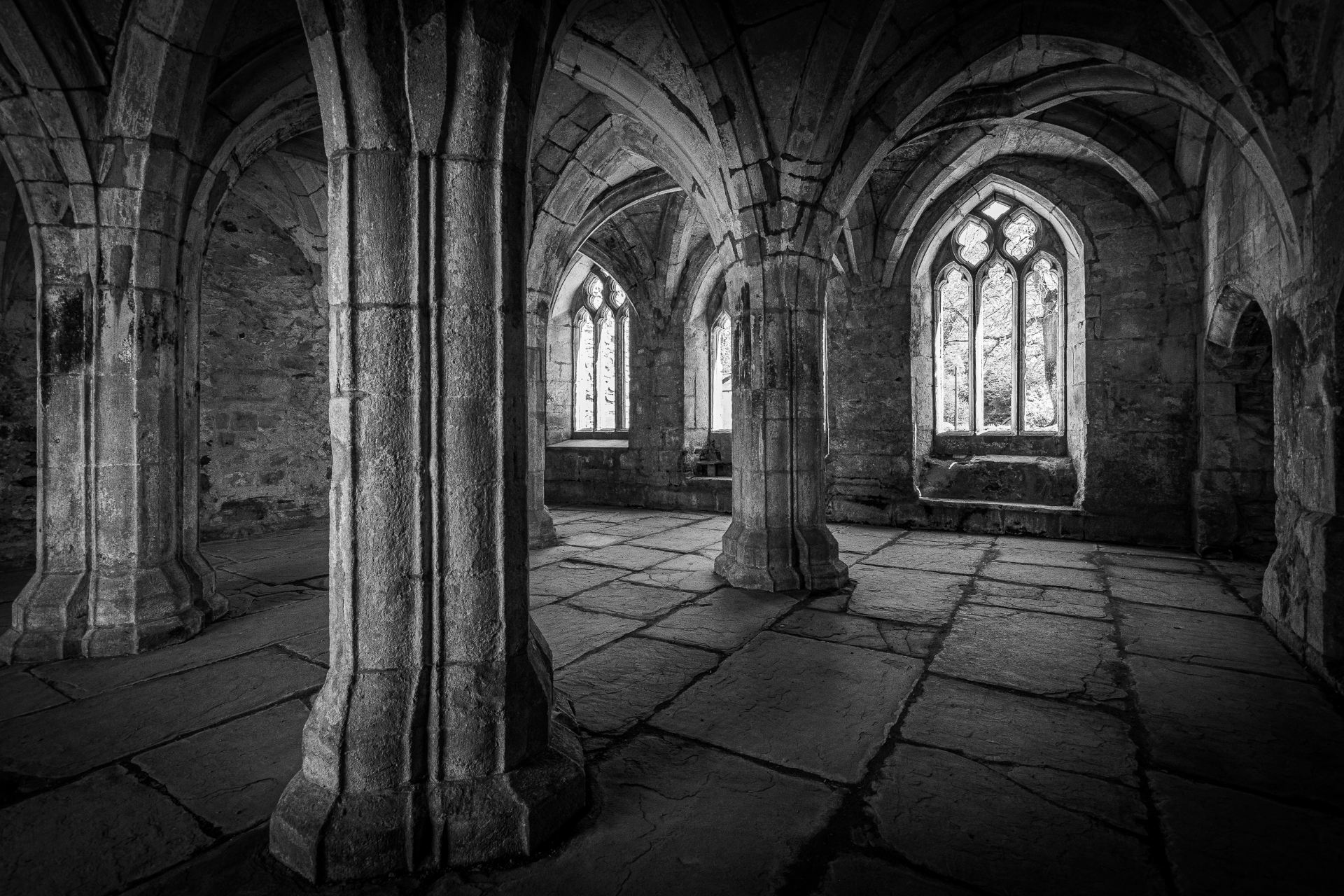Mapping the March: Medieval Wales and England, c. 1282–1550 aims to create the first holistic cultural history of the medieval March of Wales, the borderlands between Wales and England, occupied by a diverse population of Welsh and English speakers in the period between 1282 and 1550.
The project was awarded funding of €2.5 million by the European Research Council Advanced Grant scheme in 2022, and was subsequently funded under the UKRI funding guarantee. It will run from 2023 to 2028, led by the Principal Investigator, Helen Fulton, in partnership with Research IT at the University of Bristol and the Royal Commission on Ancient and Historical Monuments of Wales.
The main aims are:
- to uncover and analyse the literary texts and manuscripts produced and circulated in the medieval March.
- to create an original series of digital maps of the Marcher lordships at various date points during the period.
- to link the texts and the maps by means of prosopography, with a visualisation of the major gentry houses and abbeys and a distribution of the texts and manuscripts across the maps showing where they were produced and who read and owned them.
- to assess the cultural and regional identities of the March and its relations with its more powerful neighbour, England.
‘Mapping the March’ will be the first systematic study of the geo-cultural politics of the March from both sides of the border, revealing new information about cultural and linguistic networks in this multilingual region of medieval Britain.
For the first time, this project will document and define a distinctive culture of the March, marked by multilingualism, conflict, emergent identities, and networks of readers and writers.
It will also create the first-ever set of digital maps of the Marcher lordships, using historical records to determine the boundaries of the lordships, which have never previously been authoritatively determined.
A comparative dimension will be introduced through a series of workshops with scholars specialising in other border communities of medieval Europe, leading to new understandings of regional and border identities which underpin the histories of modern federated states in Britain and Europe. The resulting resources will provide historians, linguists, and literary critics with unprecedented access to the cultural geography of the Welsh Marches, opening up new avenues for comparative research and analysis.
